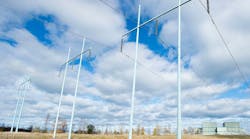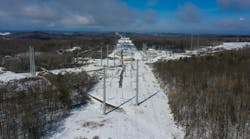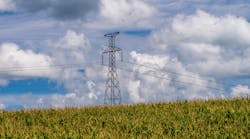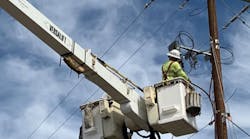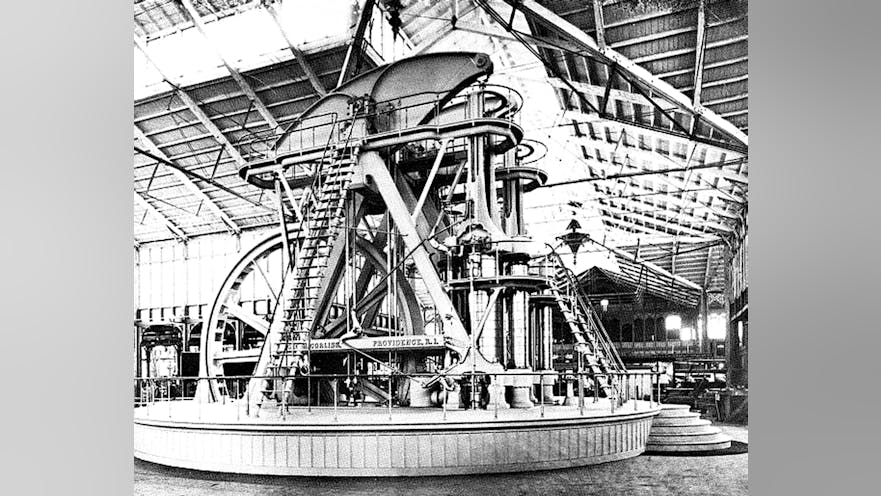The grid is a complex network of transmission paths and distribution circuits. The majority of these electrical pathways are overhead construction comprising myriad poles, towers and structures made of every imaginable material. Wood and steel make up the bulk of these structures, but there is much more to the story.
T&D World's technical writer, Gene Wolf, takes you from the origins of the grid to the new technologies being used to carry electricity across miles today.
The early days of the electric industry was shaped by imagination, vision and a lot of hard work. Edison said, “Genius is 1% inspiration, 99% perspiration.”
That spirit drove every step of the way as the industry moved from small isolated operations to networks and grids interconnected. All along the way, the focus stayed on bettering what there was and developing the technology that allowed transmission lines to go from a shaky idea on a telegraph pole to the 1100-kV behemoth structures stretching across China, carrying gigawatts to load centers thousands of miles from the generation source.
Note: Images originally appeard in T&D World's November 2014 Structures supplement. For the in-depth article, see "The Grid Takes Shape."
